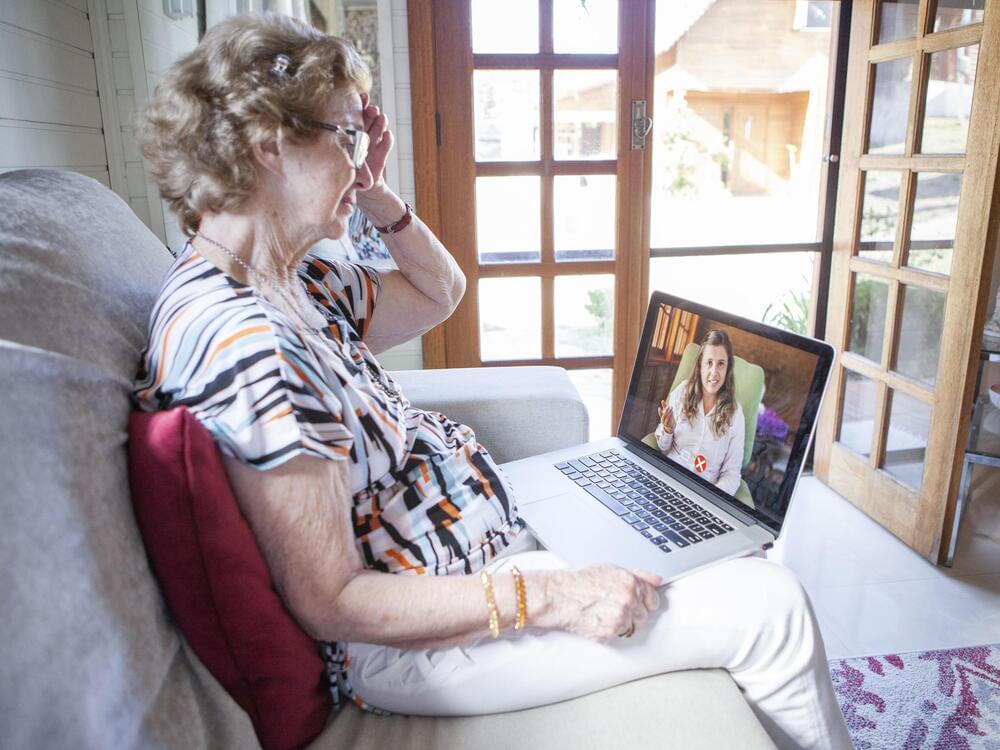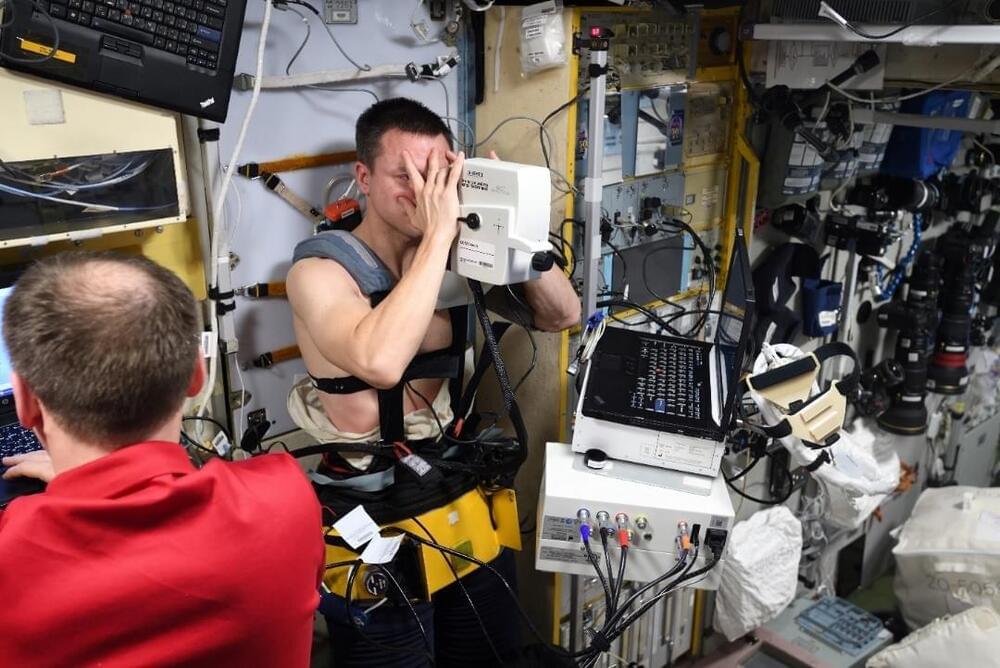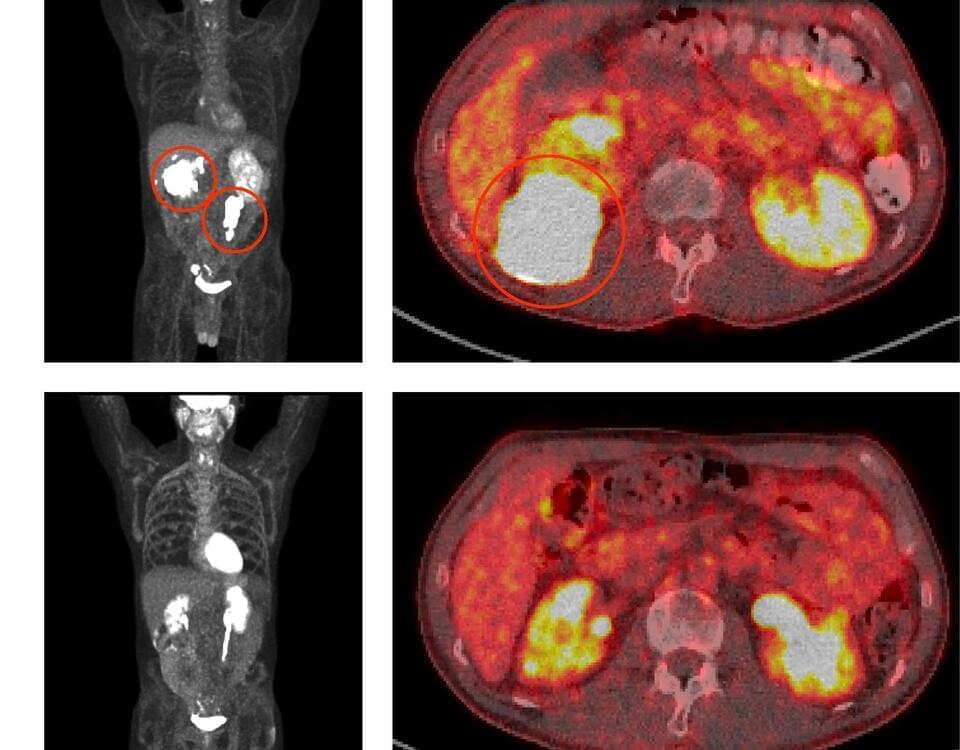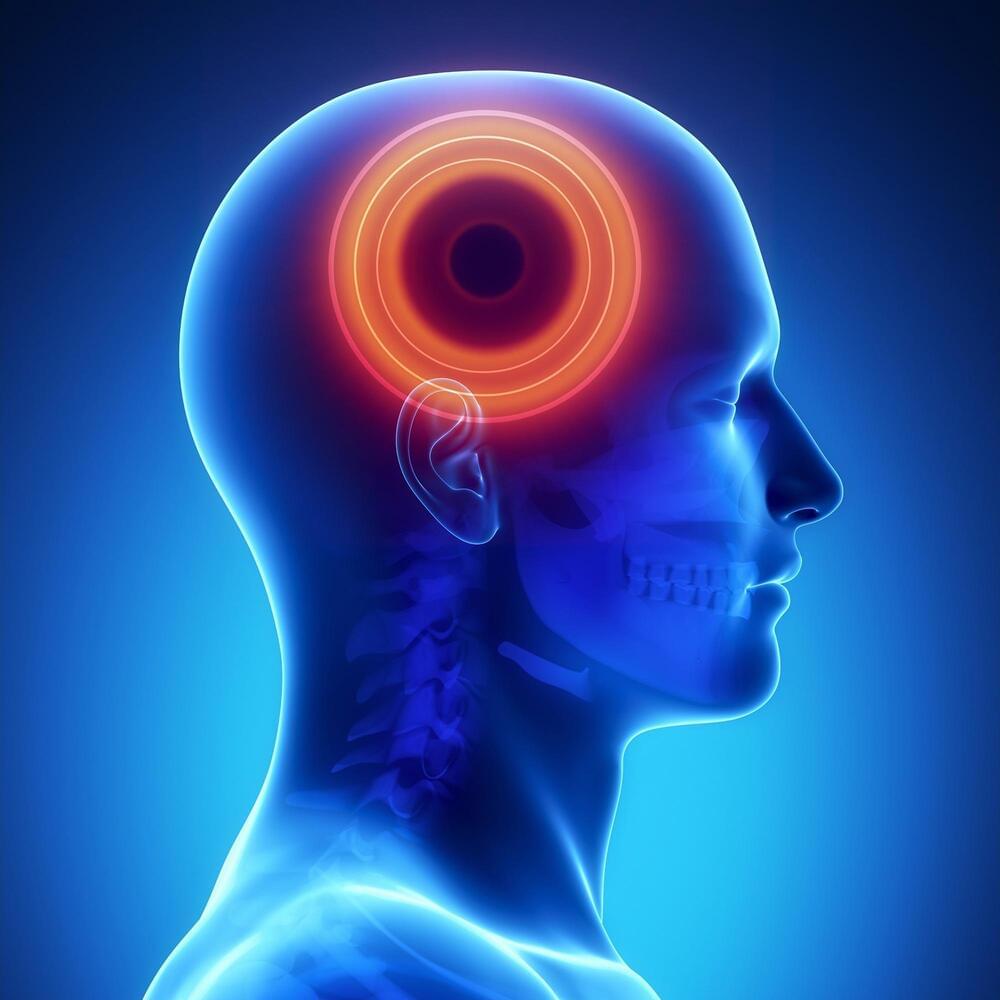A new approach to care may help people with cancer better manage depression, pain, and fatigue. With this approach, people may be offered weekly cognitive behavioral therapy sessions from a counselor and medicine for their symptoms.
Stepped collaborative care is an approach for managing symptoms such as depression, pain, and fatigue in people with cancer. It includes psychotherapy and medication if the symptoms are not reduced by psychotherapy alone.
A person’s symptoms are assessed every 4 weeks. If the symptoms are not in the normal range, health care providers change the frequency or type of treatment.
With a “stepped” care approach, health care providers can individualize treatment based on a person’s needs and provide support for people who require different levels of care in a cost-effective way.








